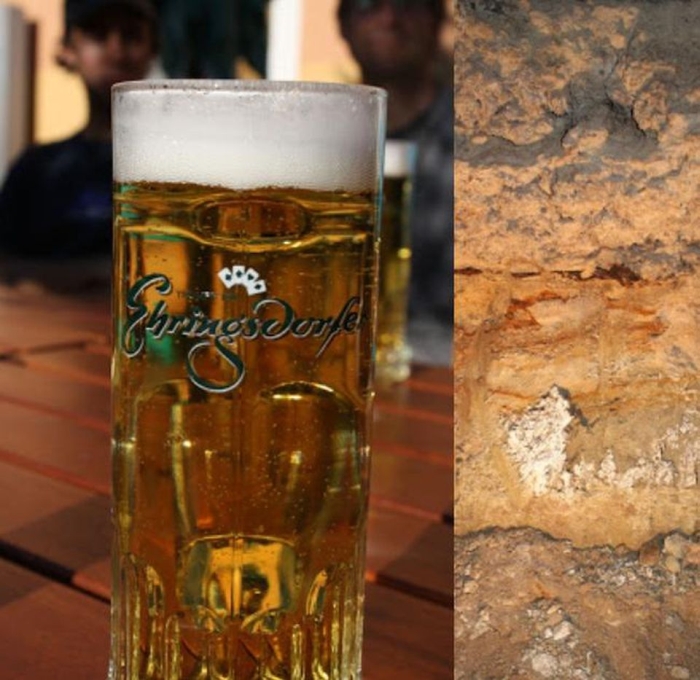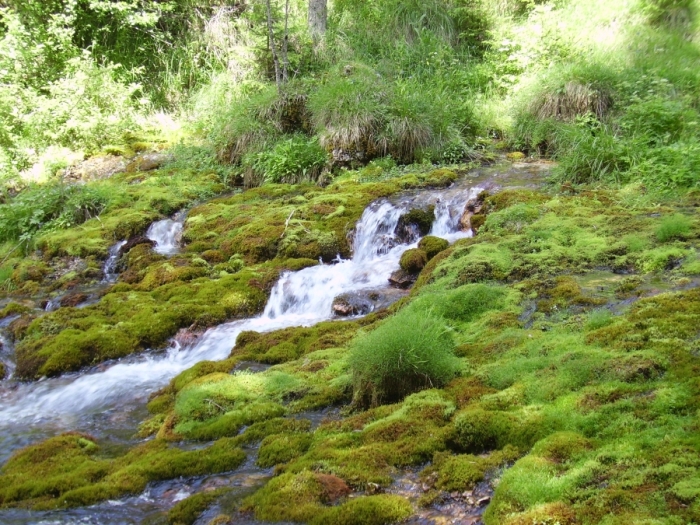Chemical traces of beer have been found on fragments on a jar that’s more than 4,000 years old. In ancient Mesopotamia people using ingredients of poor quality to brew beer could be put to death. The Ancient Egyptians considered it to be an essential part of the afterlife. The gods of the Vikings loved it and still today beer is the preferred drink of geologists.

The quality of a beer depends on the quality of the used ingredients. One of the most important ingredients during the brewing process is water and geology strongly influences the chemistry and quality of water. Many breweries use private springs or water wells to satisfy their needs and even reference the supposed (often secret) water quality or purity in their advertisements. Natural water contains four elements especially important for the brewing process: calcium (Ca), magnesium (Mg), sodium (Na) and potassium (K). The concentration of these elements depends strongly on the geology of the catchment area and the source rocks of the springs or wells where the water is extracted.
In areas with water-soluble rocks like limestone, dolostone
(Mg(HSO4)2, a bitter tasting salt. Also, water from springs with a high concentration of chloride and sodium from salt deposits can add a salty or even bitter flavor to a beer. However, in the correct proportions, the sweetness of the chloride ion prevails, resulting in the taste of a classic

Adding gypsum (Ca[SO4]·2H2O) to water is still known as „Burtonisation“ after the city of Burton-upon-Trent, northwest of London, England,
By contrast, regions with sandstone-formations or metamorphic rocks are characterized by water with a low concentration of dissolved minerals. The lack of the previously mentioned elements in the brewing process results often in a beer with a
Nowadays, many breweries import their water from elsewhere or even use customized water. Thanks to special membranes undesired elements are filtered out from the natural water and elements are added as the brewmaster desires. This technology guarantees a tasty beer, but sadly for the geologist, the geological secrets behind a pint of beer are lost forever.
Used literature:
CRIBB, S.J. (2005): Geology of Beer. In: Selley, R.C.; Cocks, L.R.M. & Plimer, I.R., Encyclopedia of Geology. Elsevier Academic Press: 78-81